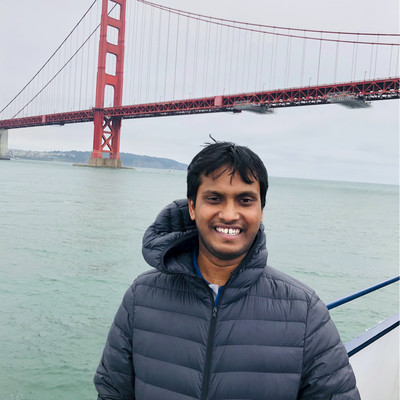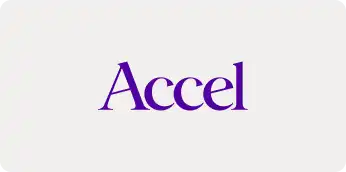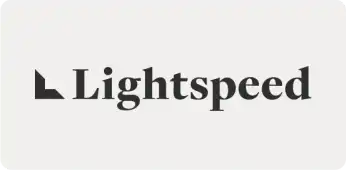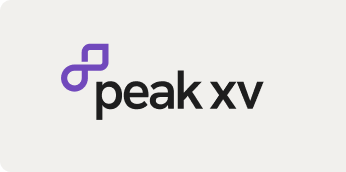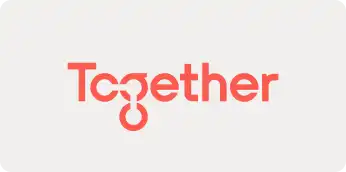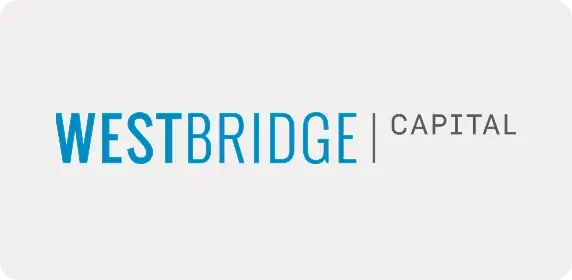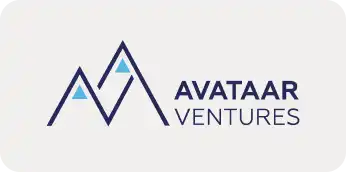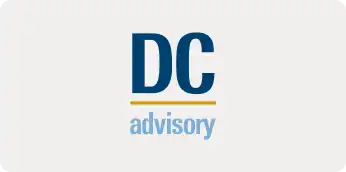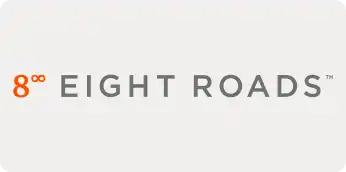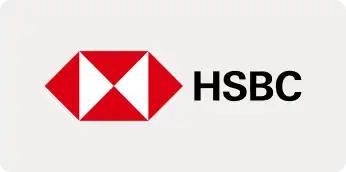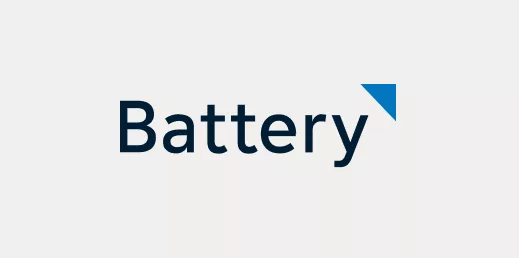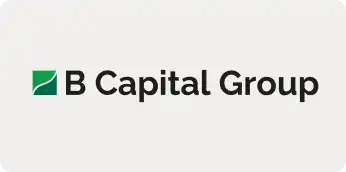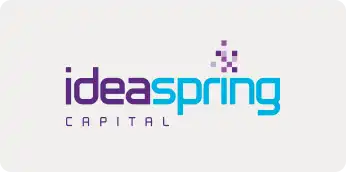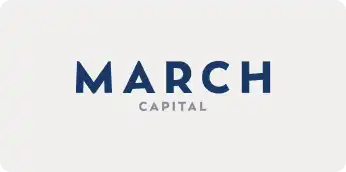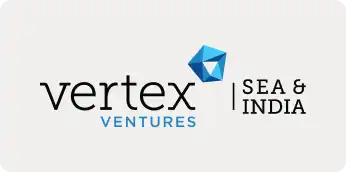One of the most important parts of a founder’s journey is their ability to scale and fast.
SaaS companies from India are now increasingly building in the country but for the world and as that becomes the norm from the outlier, founders need to rephrase the way they think. For businesses that find new markets, it often means setting up things in an entirely new way, winning customers differently, and reaching the $1 million ARR mark on a new timeline. That is exactly what Raviteja Dodda, the founder of MoEngage, did when the insights-led customer engagement platform expanded to the US after cracking India and Southeast Asia.
Ravi says MoEngage reached its first $1 million ARR in India by the end of 2016, around two years after the company was set up. When they decided to enter the US market in the year 2017, the playbook had to be renewed, not revised. Every company and its industry has its own nuances but the large brush strokes of learnings remain the same and that’s the ambition of this piece.
It’s important for founders to learn from the likes of Ravi; not only does it help entrepreneurs navigate challenges but also find new paths through those who went before them. $1 million is an important number for founders, it gives them the belief that the product has the ability to please customers. It is an important milestone in the journey of the company because it also signifies to its shareholders that the company has achieved a degree of PMF. This dual purpose makes $1 million ARR very important for founders and their journey.
1. Change your Product Market Fit
When moving to the US, take a few months to validate your business and re-establish PMF. MoEngage is Ravi’s second entrepreneurial outing; customer and market validation was top of mind for him. So, instead of trying to test the initial product with free versions in 2014 when they started, the founders built a prototype and signed up the first customers on a paid pricing model. None of the first 10 customers were from their direct network. “It really helped us validate whether there is value for what we’re building,” Ravi adds.
The search for PMF is never-ending, there’s always another iteration around the bend, another feature that needs to be added. Don’t give up on this search when you go to the US, Ravi says. In fact, founders will need to restart the process with every new region (if you do not have a digital self-serve GTM motion) and to restart this process, founders will need to keep three things in mind.
One: Target companies in business segments similar to those that you have worked with in other geographies.
“As a founder, you need to research and have a list of, say, 50 companies and then look at the people in those companies who can probably get you a conversation that translates into business,” Ravi says. Networking mixers and Indian founders networks also play a big role in making these introductions.
Two: Understand how to price your product in the US. A key difference is that the US believes in pricing based on value. The average revenue per user (ARPU) in the US is generally higher than the ARPU in India/Asia.
“Even when you price based on active users, you need to multiply the value that your customers are deriving from your product. Typically, it comes down to three-four times (higher than India) and it could be different for different products,” Ravi says.
Three: The key to cracking the US market is patience and MoEngage is a case study in it, it hit $1 million ARR after 24 months of entering the US market.
2. Change your customer approach
One of the first things MoEngage saw in the US was that customers cared about referenceability. It’s a bit of a mouthful but companies not just want to know that you have all your credentials, but also have the technical capability of taking on a project such as theirs. Now, this is subjective, a click-and-buy product, which needs a credit card purchase, may not need as much referenceability but when you work with mid-market and enterprise customers, it becomes a reason to favour one vendor over another. To break it down further, it means if you can show you have worked with similar customers in the US, the sale is easier. In short: logos matter.
3. Change your product roadmap
Ravi says founders need to be nimble enough to change the product roadmap if a key customer wants a feature. One of MoEngage’s biggest US customers was almost one that got away. Ravi says he happened to look at an RFP from the customer that had been rejected as unfit for MoEngage. “As a founder, a lot of your product strategy is defined by your first 20-30 customers. And at the same time, you should have clarity about whether a product change demanded by a key customer is aligned with your larger goals. Obviously, we don’t want to be doing something very tangential,” he says.
“As a founder, a lot of your product strategy is defined by your first 20-30 customers. And at the same time, you should have clarity about whether a product change demanded by a key customer is aligned with your larger goals. Obviously, we don’t want to be doing something very tangential.” – Ravi
In this case, the RFP needed features that MoEngage would have built a year or two later and would need to accelerate at that time. Besides, the customer would make a big difference for the startup and have the ability to open up the US market for MoEngage.
“You might find a customer wants something, and the product might not be fully ready at that time to meet that need. In such scenarios, only the founder can take a call about what can be moved in the product roadmap,” he says.
4. Change the way you network
Founders often ask themselves, “Where is my time better spent? Going to an event and glad-handing or working deeply on the product?” This may not be the best way to approach networking. When you go to a new country, you need to spend time establishing trust within the community and finding champions. Once you find these champions, they help you find leads for customers. “Think about it as an investment,” says Ravi. The ROI will take a while but it will start to pay off eventually.
“If, for example, you get lucky with your first five customers, you start generating cash that gives you validation and helps you raise capital. That is easy. But if that doesn’t happen, then you need people who can bet on you, whether it is a VC or someone else. You need enough capital to reach PMF,” Ravi says. Networking plays a role in finding these investors, he explains.
But it doesn’t end with attending events, you need to be able to host them as well so you can build credibility by association. Co-marketing with complementary companies in your space (as partners) is one way to host industry mixers. Ravi suggests keeping aside at least a million dollars over the course of two years towards these expenses.
5. Change the way you hire
The other thing that Ravi did was get personally involved in all the large deals MoEngage signed. The company’s first marquee customers were big logos, and Ravi feels those deal negotiations benefited from his involvement. Founders need to be involved in sales until there is enough momentum to hand it over to someone who can then take the baton.
“Even if you hire seasoned people with 15-20 years of experience, they actually know how to execute an already existing playbook. They don’t know how to create a playbook. That requires a different mindset.” – Ravi
But Ravi admits that he made a mistake when making his first senior sales hire.
“Even if you hire seasoned people with 15-20 years of experience, they actually know how to execute an already existing playbook. They don’t know how to create a playbook. That requires a different mindset,” he says.
When scaling and achieving $1 million ARR, Ravi explains, you need to hire someone who can build a plane mid-flight. Here’s what you need from this person:
- Help identify the kind of customers your business should go after, and what is the best approach to get there.
- Are they hustlers? In the early days of a category defining business, even seasoned employees should be open to reaching out to people on LinkedIn, and tap into their existing network.
- Can they help you get the first 10 credible customers in the US?
More importantly, Ravi says the company needs to believe in the concept of MFT (minimum foundational team). No single person can magically open doors in the US, you need a team in place where some people do the marketing, others do outreach, and with time, help establish a presence.
This article was originally published on Limitless.


